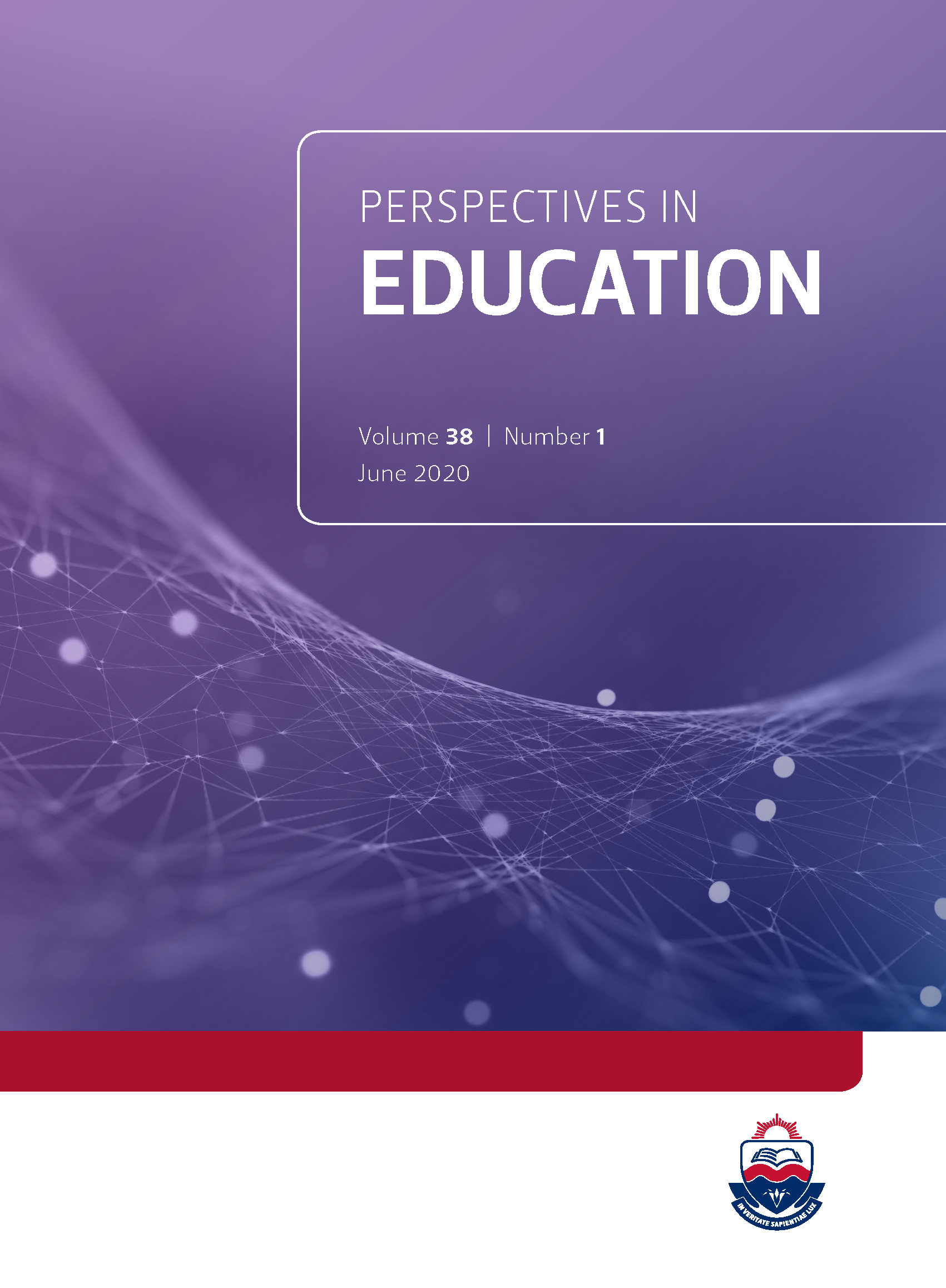Designing for vibrant and robust communities of practice in blended learning environments
DOI:
https://doi.org/10.38140/pie.v38i1.4415Keywords:
Learning design principles, Communities of practice, Teacher professional development, Blended learning, Learning environments, Learning design decisionsAbstract
This paper provides insight into the thinking that informed the design of a programme delivered in blended learning mode with the explicit intent to establish a learning environment conducive to the development of vibrant and robust communities of practices (CoPs). Within the higher education context, the explicit articulation of learning design principles as derived from theory is not often offered for dissemination and are regarded as implicit to programme development. This paper begins by exploring the association between CoPs and learning design; considers various approaches to blended learning; offers a blended learning programme as an exemplar for interrogation and then presents learning design principles that informed the development of vibrant and robust CoPs within the blended learning programme. Placing CoPs central to the design of the blended learning programme afforded students an authentic learning experience with an opportunity to make design decisions explicit, thereby contributing to the overall impact of the programme in the education sector. Four emerging learning design principles that underpin the design decisions in this programme are offered for interrogation: provide opportunities to model professional behaviour; develop social foundations from which to build the CoP; sustain guided and self-regulated learning; and realign and reinforce the course objectives. Drawing from the knowledge gained in their vibrant and robust CoPs, institutional leaders – as students in this programme – embraced new models of professional development to bring sustainable change at schools in all districts across South Africa.
Downloads
##submission.downloads##
Published
How to Cite
Issue
Section
License
Copyright (c) 2020 Author(s)

This work is licensed under a Creative Commons Attribution 4.0 International License.





